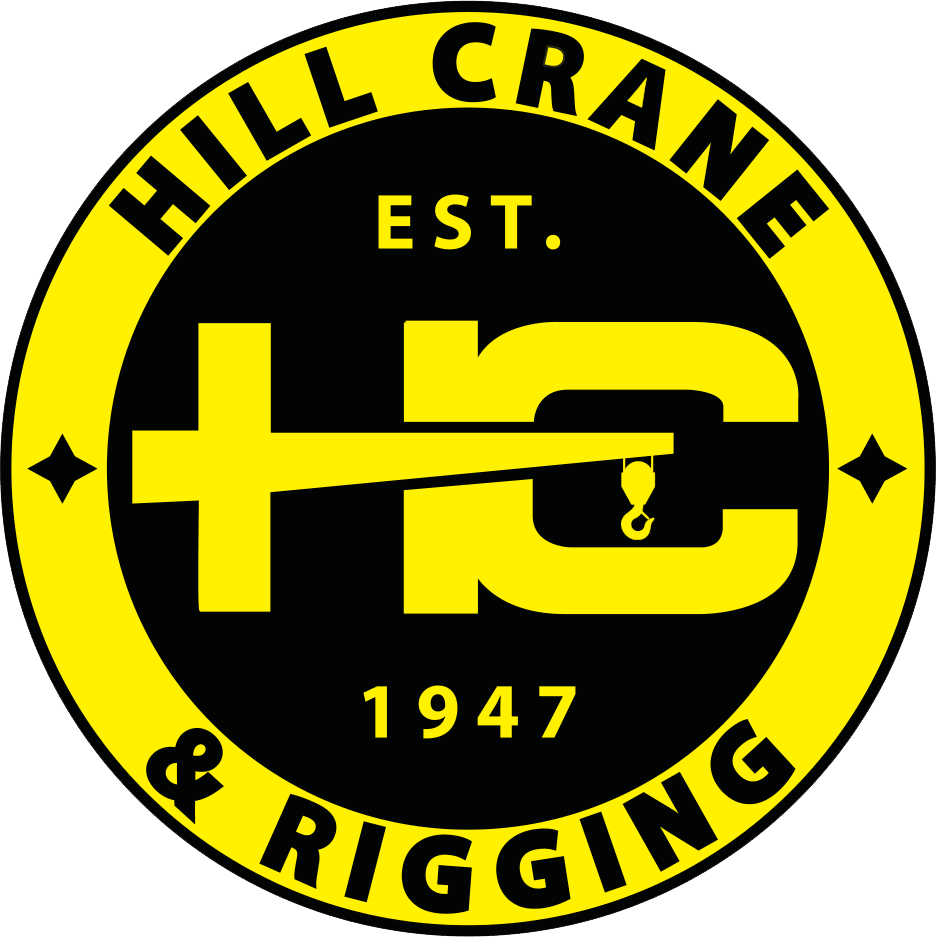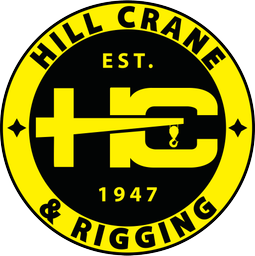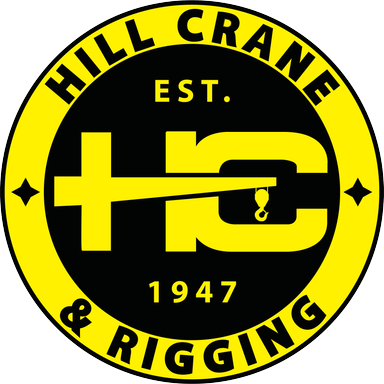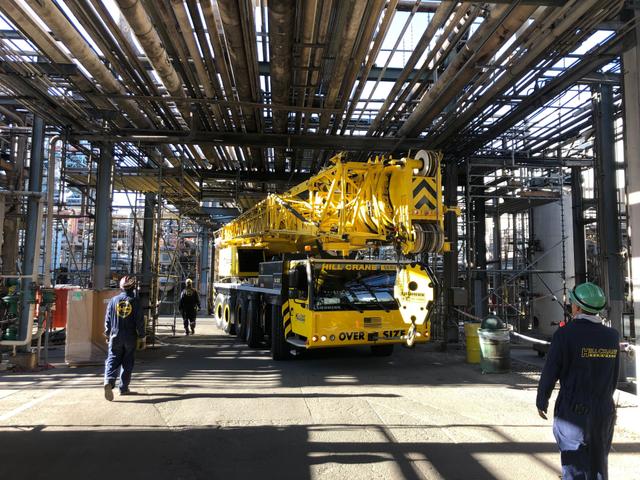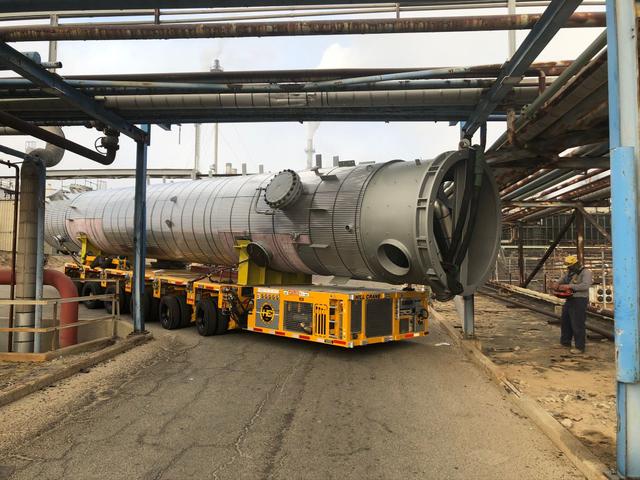Since 1947, Hill Crane Service, Inc. has supported complex lifts and industrial moves across California and Arizona. What started as a family-backed operation has grown into a trusted heavy-lift partner with certified operators, engineered lift plans, SPMT transport, and end-to-end rigging services. For project owners, EPCs, and facility managers facing tight windows and high-risk environments, Hill Crane’s integrated approach cuts guesswork, improves safety, and keeps schedules on track.
This guide explains how Hill Crane combines crane rental, rigging, transport, permitting, and engineering into a single, accountable workflow so your team can focus on execution, not coordination.
Why one provider for lift and rigging work matters
Heavy lifts fail on details: ground bearing pressure, wind windows, turning radii, tail swing, or a missed utility conflict during setup. Splitting rigging, crane rental, transport, and permitting among multiple vendors increases handoffs and assumptions. Hill Crane’s one-team model improves information flow from site walk to engineered drawings, from permitting to lift day so the plan you sign off is the plan that gets executed.
Outcome: Fewer surprises, fewer change orders, and a safer worksite.
Where Hill Crane fits: projects and sectors
Hill Crane supports work where uptime, clearance, and safety margins are strict:
- Electrical infrastructure: substation equipment, transformers, poles, and conductor work
- BESS and renewable energy: battery containers, inverters, skids, nacelles, blades, towers
- HVAC and MEP: air handlers, chillers, RTUs, rooftop replacements in tight urban sites
- Industrial: refinery turnarounds, vessel swaps, structural steel, precast placement
- Aerospace and advanced manufacturing: delicate, oversized, or high-value components
- Public works and healthcare: mission-critical facilities with limited shutdown windows
Core services (what you can book)
Crane rental (California focus, Arizona coverage) A scalable fleet covers small set-and-go tasks up to multi-crane critical lifts. Operators are NCCCO-certified and supported by dispatchers who know local site conditions, ordinances, and permitting requirements.
Rigging services From hydra slides and/or jack and slides and gantries to spreader bars and engineered lift points, Hill Crane brings the tooling and the methods for unusual geometries, center-of-gravity challenges, and limited headroom.
Heavy lift planning and engineered drawings Engineering isn’t an afterthought. CAD lift plans, 3D simulations, and critical lift analysis quantify loads, radii, crane positions, mats, and sequencing so set-ups are right the first time.
SPMT transport services For modules such as power control modules, generators, tanks, and skids that can’t roll on standard transport, Self-Propelled Modular Transporters (SPMTs) provide precise movement with millimeter control in tight footprints.
The engineering advantage: lift plans that de-risk work
Engineered lift plans translate site constraints into decisions:
- Crane selection: capacity vs. radius, boom length, and counterweight configuration
- Ground bearing pressures: math for mats and cribbing; avoid subsurface damage
- Load path: swing clearances, tail swing, and obstructions overhead and at grade
- Rigging configuration: slings, shackles, spreaders, and pick points verified in advance
- Weather windows: wind limits by crane class and load type; contingency sequencing
- Cranes rated capacity evaluation: verifying load charts against real-world conditions
A precise plan prevents guesswork and compresses field time.
Fleet overview: hydraulic and crawler cranes
- Hydraulic truck cranes: quick mobilization, ideal for urban streets and fast set-and-go picks
- All-terrain cranes: long reach, high capacity, better roadability between sites
- Rough-terrain cranes: off-road stability, strong charts for refinery/plant work
- Crawler cranes: heavy, long-radius, and staged work where ground prep allows tracked solutions
Right-sizing the crane to the pick protects budget and schedule without sacrificing safety.
SPMT and heavy equipment moving
Not everything fits a hook. For long, wide, or tall loads, SPMTs handle inch-by-inch moves through facilities and streets, rotating modules into position with multi-axle steering. Pair SPMT with a hydra slide and/or jack and slides or gantry and you can thread the needle inside plants where cranes can’t reach.
Common SPMT use-cases:
- Generators, transformers, and turbines
- Prefab modules, skids, and containers (including BESS)
- Vessels and tanks through tight corridors
- Historic or sensitive structures requiring controlled motion
Safety and compliance
Safety sits at the center of every plan and shift briefing.
- Certified operators and riggers with documented training and refreshers
- Job hazard analyses and daily tailboards
- Equipment inspections (pre-trip, periodic, and third-party as required)
- Lockout/tagout coordination with owner reps
- Public interface controls when lifting near streets, schools, or hospitals
Documentation is aligned to jurisdictional and owner standards, simplifying audits and post-job records.
Field logistics: permits, routes, and site coordination
Moves succeed when logistics lead engineering:
- Permits: oversize/overweight routing, night work approvals, holiday embargoes
- Routes: bridge loads, turning radii, grade and camber, overhead utilities
- Site prep: ground improvement, matting, underground utility locates, crane pads
- Staging: sequence for trucks, cranes, SPMT, and escort vehicles
- Community notices: timeline and mitigations for noise and closures
With one accountable scheduler, the plan ties together crane shows up when the road is closed, not before.
Typical project flow
- Inquiry and scoping: load data, pick and set points, radii, schedule drivers
- Site walk: access, ground conditions, obstructions
- Preliminary concept: crane options, rigging concepts, SPMT needs, early budget
- Engineered lift plan: drawings, charts, mat layouts, step-by-step sequence
- Permitting: align approvals to lift windows
- Mobilization: mats, cranes, support gear, and rigging arrive in sequence
- Execution: tailboard, inspections, lift by plan, as-built notes
- Demobilization and closeout: site restoration, documentation, lessons learned
Cost, schedule, and risk how the pieces connect
- Cost: The “cheapest crane” can be expensive if it forces re-rigging, multiple picks, or weather delays. Right-sizing plus engineered sequencing lowers total spend.
- Schedule: Integrated permitting reduces idle time.
- Risk: Certified people, engineered plans, and documented controls reduce exposure to incidents and claims.
Bottom line: One accountable partner improves predictability.
Pro tip
If your lift window is weather-sensitive, ask for two engineered options (e.g., AT crane vs. crawler, or dual-pick vs. single-pick). Having a pre-approved alternate shortens re-planning if wind limits or access change on lift day.
Key takeaways
- Hill Crane unifies rental, rigging, SPMT, planning, and permitting into one accountable workflow.
- Engineered lift plans reduce risk and compress field time.
- A diversified fleet (hydraulic, rough-terrain, crawler) covers work from city streets to plant interiors.
- Permitting and route planning are built into the schedule, not bolted on.
- Certified teams and documented safety processes protect people, property, and timelines.
